Cats’ eyes are magnificent, glow-in-the-dark, shining orbs. But cat eye diseases and eye problems can rob them of their luminescence. It’s important to be able to recognize the signs of common cat eye problems and know when you need to consult your veterinarian.
YOUR CAT’S MYTHICAL EYES
Cat’s eyes have amazed humans for centuries. The ancient Egyptians believed that light reflecting in cats’ eyes was an actual ray of sunshine, delivered by the sun god Ra. Celtic tradition held that cats’ eyes were a portal to another world, and in ancient China, cats were used as timepieces, their eyes transmitting the ebb and flow of hours passing.
In actuality, the eyes of felines hold no special powers and cats can see no better in total darkness than humans. What they do have, however, is an adaptation in their eyes that allows them to see extremely well in very dim light. This comes in handy for these natural nocturnal hunters.
That mystical glow you see reflected in your cat’s eyes when they are hit directly with light is due to a layer of mirror-like cells located at the back of the retina. This is called the tapetum lucidum and these cells collect and reflect light back out through the eyes.
Your cat’s vision is sharpest between 60 – 90 cm from his face and his focus is fixed, as opposed to taking in the entire landscape. This adaptation is useful for zeroing in on small prey, such as mice. Also, since the many rods in your cat’s retina serve as motion detectors, in addition to being light receptors, he is able to sense movement much better than humans can.
Your cat’s eyes also come equipped with an opaque white third eyelid, in addition to the upper and lower lids that are similar to those of humans. This third eyelid is called the nictitating membrane and it is located between the lower lid and the inside corner of each eye. This layer helps moisten the eye and clear foreign matter from the surface of the cornea. If your cat dozes with his eyes partially open, you may catch a glimpse of the nictitating membrane.
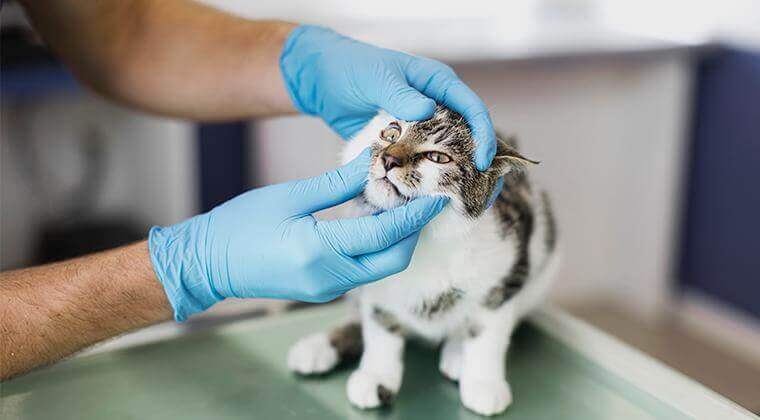
1. CONJUNCTIVITIS (“PINK EYE”)
Conjunctivitis or “pink eye” is quite common in cats. The most common cause of conjunctivitis in cats is an upper respiratory tract infection caused by bacteria or viruses. Signs to look for include:
- Eyes are red and swollen
- Eye discharge. Your cat’s eyes are runny and the discharge might be clear or gray, yellow, green or even a dark, rusty, red colour
- Signs of respiratory illness such as sneezing or nasal discharge
- Rubbing of the eyes and/or squinting
Often, conjunctivitis is accompanied by sneezing and nasal discharge.
Treatment of conjunctivitis in cat eyes depends on the underlying cause. Symptomatic care is important such as rest, keeping the eyes and nose clear, and encouraging good hydration and nutrition. Your veterinarian may also prescribe topical medications to help the body manage the infection.
For the most part, cat eye infections are easily resolved with the appropriate treatment, but some cases do become chronic or recurring. These can lead to the development of serious secondary conditions like corneal ulcers. Some of the infections, such as Feline Herpesvirus (FHV-1, also known as feline rhinotracheitis) and Chlamydia felis, that cause eye infections in cats, are contagious to other cats.
2. CORNEAL ULCERS
A potentially serious condition, this cat eye disease is characterized by open sores that appear on the cornea of your cat’s eye. The cornea is the clear tissue on the surface of the eye through which light passes. An ulcer in this area can be caused by infections (such as Feline Herpesvirus, FHV-1 or feline rhinotracheitis) or injuries. Signs to look for with this cat eye disease include:
- Cloudiness of the eye
- Rubbing eyes
- Pain e.g. changes in behaviour
- Redness and/or discharge from the eye
- Squinting
- Signs of respiratory illness such as sneezing or nasal discharge
Consult your veterinarian who will determine the underlying cause of the corneal ulcer and appropriate treatment for it. Prompt attention is essential to ensure there are no long-term consequences, such as disfigurement or vision loss.
3. ANTERIOR UVEITIS
Inflammation of the front portion of the uvea (which includes the iris – the coloured part of the eye) is common in cats and is known as anterior uveitis or iridocyclitis. It can be seen in one or both eyes, depending on whether it is caused by trauma, parasites (including toxoplasmosis) or systemic infection, such as viral infections like feline leukaemia, feline infectious peritonitis, or feline immunodeficiency virus. This is a serious condition and can lead to vision loss. Cats with anterior uveitis may be squinting, have a protruding third eyelid (nictitating membrane) or red or bloodshot eyes, and this may be the only visible sign of disease the cat has.
It is important to consult your veterinarian if your cat is showing any of these signs. Your veterinarian may need to perform some tests to determine what the underlying condition is and select the most appropriate treatment.
4. GLAUCOMA
Glaucoma is an increase in pressure due to a buildup of fluid (aqueous humor) in the eye. The increase in pressure can destroy the retina – the part of the eye responsible for sight. In cats, glaucoma is usually secondary, particularly to anterior uveitis, but a specific type of glaucoma is also seen in Siamese cats. Cats with glaucoma may have redness in the whites of their eyes and dilated or slow-moving pupils and are usually in a significant amount of pain.
Glaucoma is an emergency – call your veterinarian immediately. Cats with glaucoma can lose their vision and possibly even their eyes if they do not receive timely treatment to reduce eye pressure. Treatment usually includes pain management. Glaucoma usually requires long-term management.
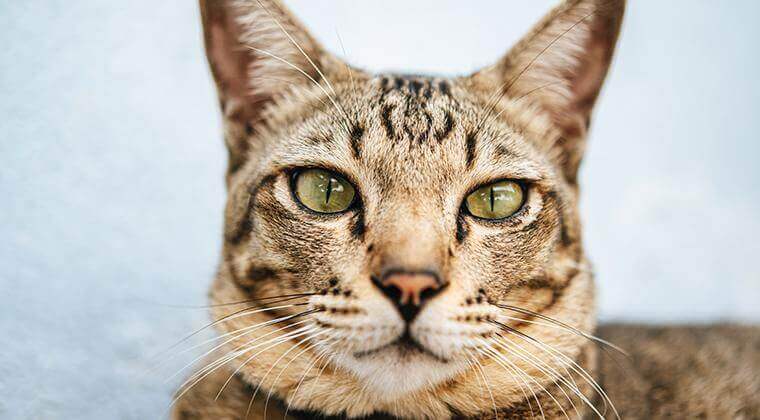
5. CATARACTS
Cataracts occur in the lens of the eye, which is the mechanism that provides light to the retina. Vision occurs at the retina and when there is a cataract in the lens, it becomes cloudy or opaque, often obstructing or diminishing vision. In cats, the development of cataracts in their eye is usually secondary to anterior uveitis. Cataracts can also be inherited; these types of cataracts are seen most often in young cats. You may not immediately see a cataract but might notice your cat showing signs of vision loss. He or she may be bumping into objects or moving slowly, especially in dim light.
Consult your veterinarian for recommendations on the treatment of cataracts in your cat’s eye.
HIGH BLOOD PRESSURE AND BLINDNESS
The eye is very sensitive to changes in blood pressure. High blood pressure or hypertension is common in cats and can lead to blindness due to retinal detachment as a result of it. Sudden blindness may be the first or only sign of hypertension in older cats.
Consult your veterinarian if your cat is bumping into objects or moving slowly, especially in dim light. Your veterinarian will assess your cat and advise you on the most appropriate treatment for your cat’s high blood pressure. More than one type of treatment may be required depending on the cause of the hypertension.
CAT EYE CARE
Because various cat eye problems share so many signs, it’s best to consult your veterinarian right away. You do not want to risk your cat losing his or her vision.
Looking for a Vet?
Your veterinarian plays a big role in your pet’s health. Input your location information and get a list of veterinarians near you.
Find A Vet Near MeGood care for your cat can help to prevent eye problems. Appropriate vaccinations, regular deworming and a good diet are important. Feline Herpesvirus (FHV-1 or feline rhinotracheitis) is included in the core vaccinations administered to kittens and cats. Vaccines against Chlamydia felis are also available and help to reduce the severity of disease. Vaccination reduces signs of disease and virus shedding. Therefore, it is important to stay up-to-date with your cat’s vaccinations. Some cats carry FHV-1 and avoiding stress situations can help prevent reactivating the disease. Cats require a certain quantity of an amino acid called taurine in their diet to prevent retinal degeneration. All good-quality commercial diets for cats are usually based on animal protein and contain sufficient levels of taurine to prevent this condition. Wellness checks for adult and older cats often include tests to screen for common causes of hypertension as well as blood pressure measurement. This can go a long way to protecting your cat’s magnificent, mythical eyes – as well as his or her quality of life overall.

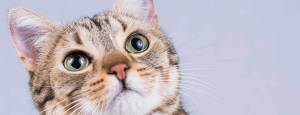
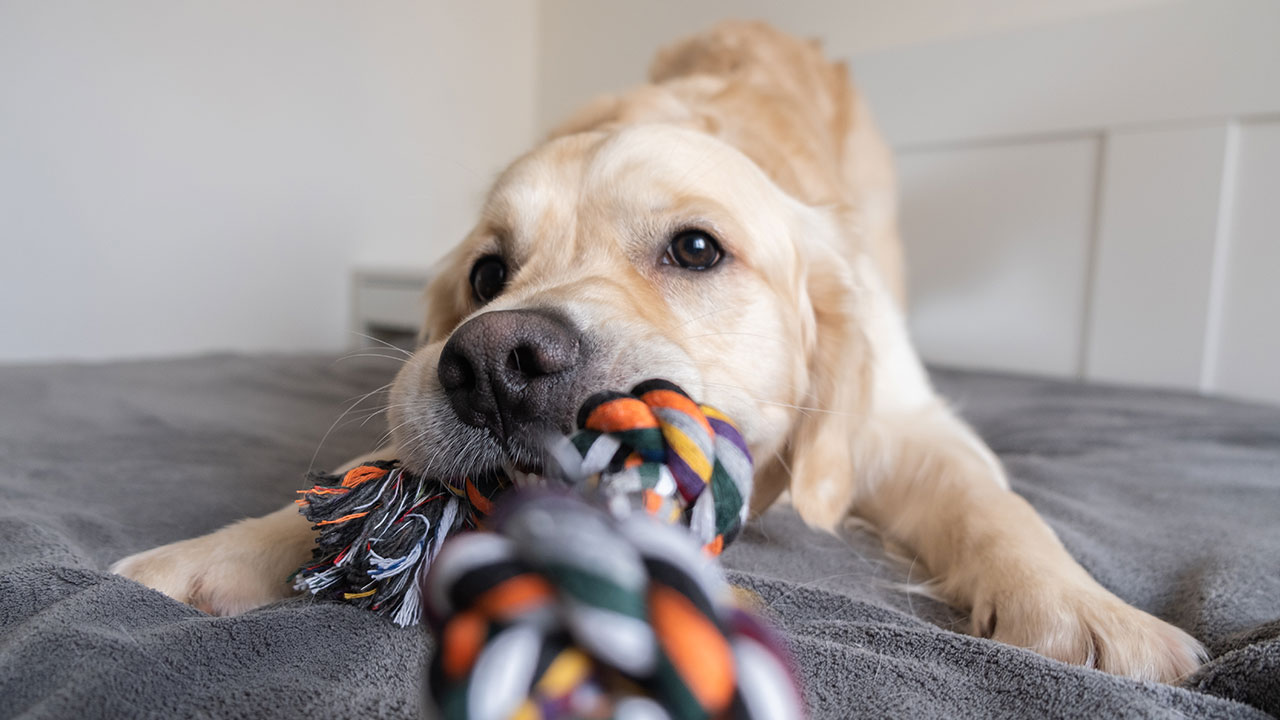


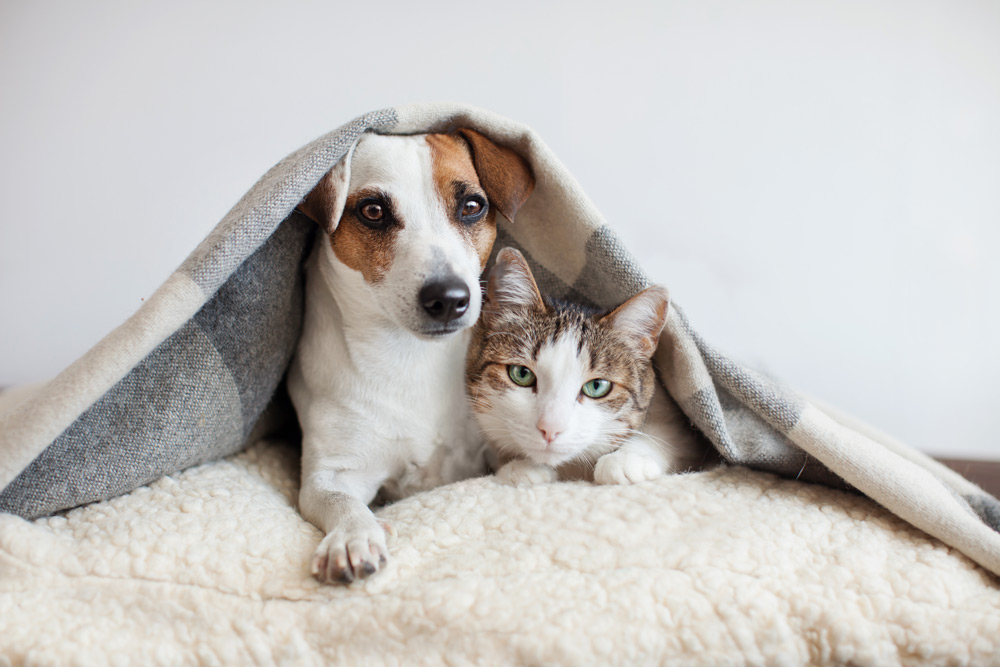
 Go To United States
Go To United States Austria
Austria Belgium
Belgium Czech Republic
Czech Republic Denmark
Denmark Europe
Europe Finland
Finland France
France Germany
Germany Greece
Greece Hungary
Hungary Ireland
Ireland Israel
Israel Italy
Italy Netherlands
Netherlands Norway
Norway Poland
Poland Portugal
Portugal Romania
Romania Slovakia
Slovakia Spain
Spain Sweden
Sweden Turkey
Turkey United Kingdom
United Kingdom